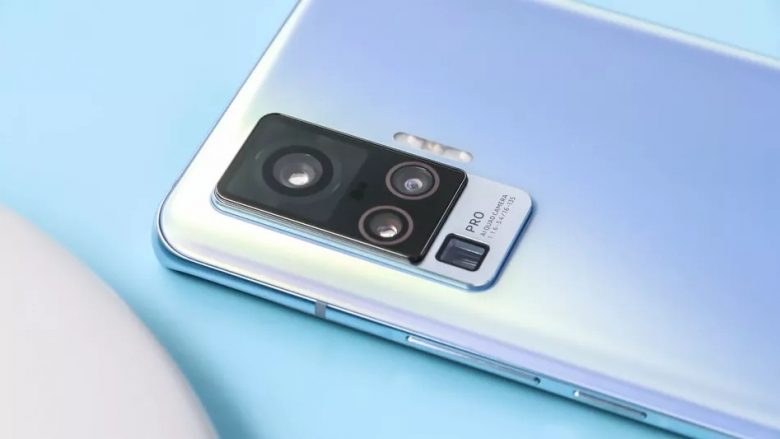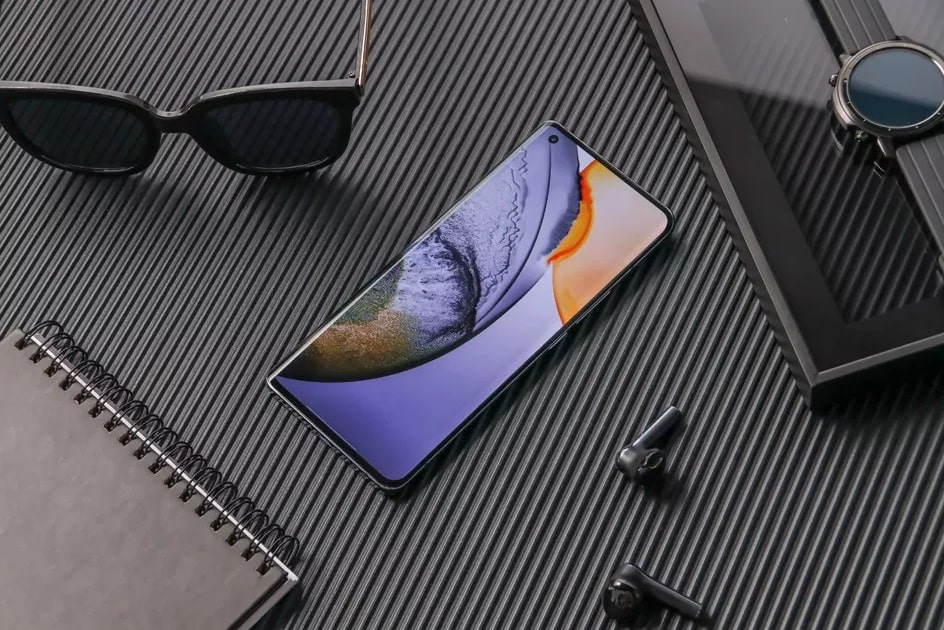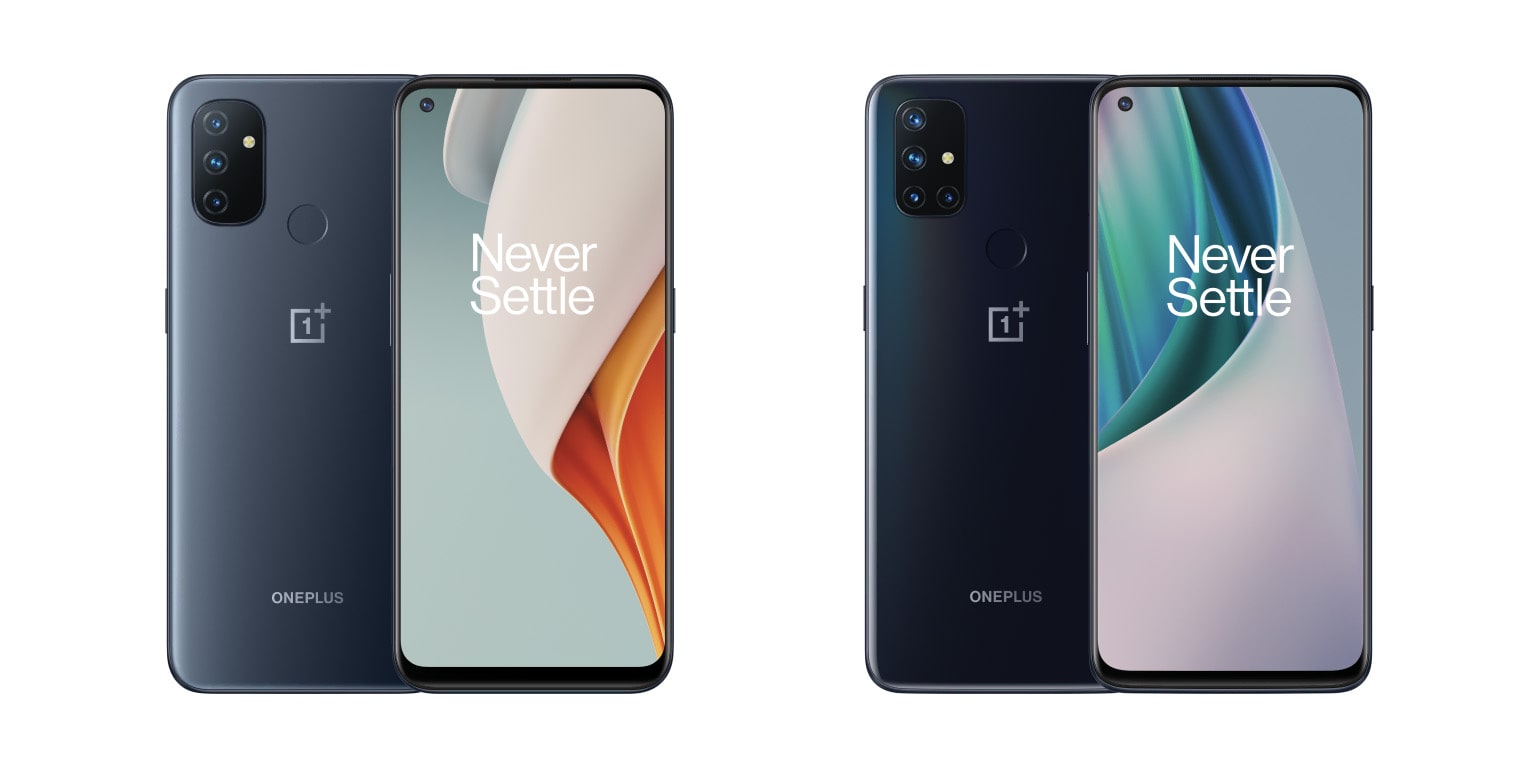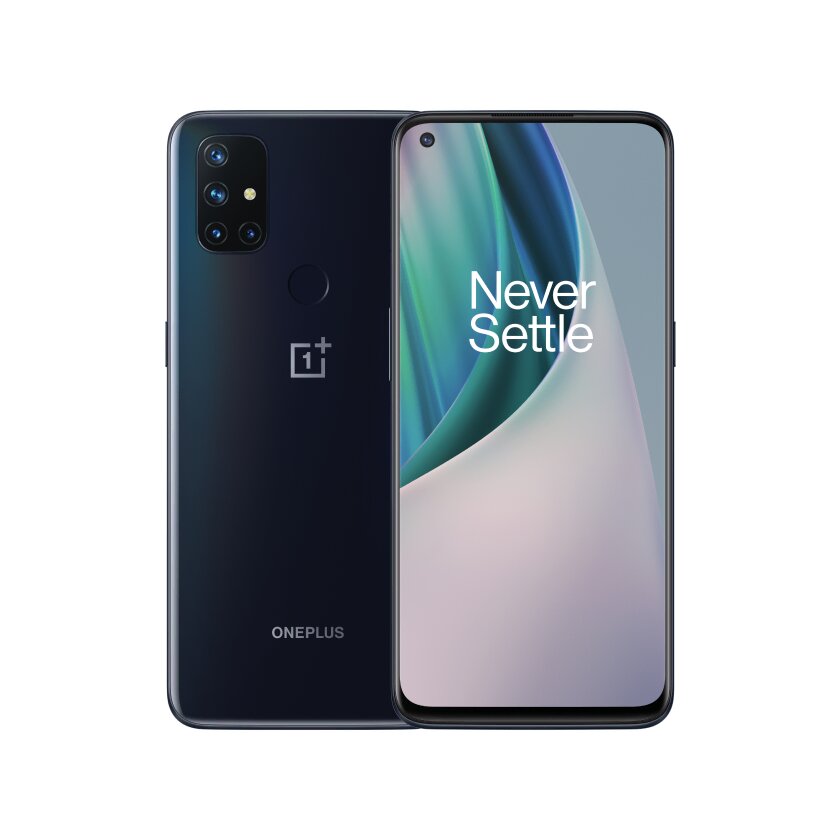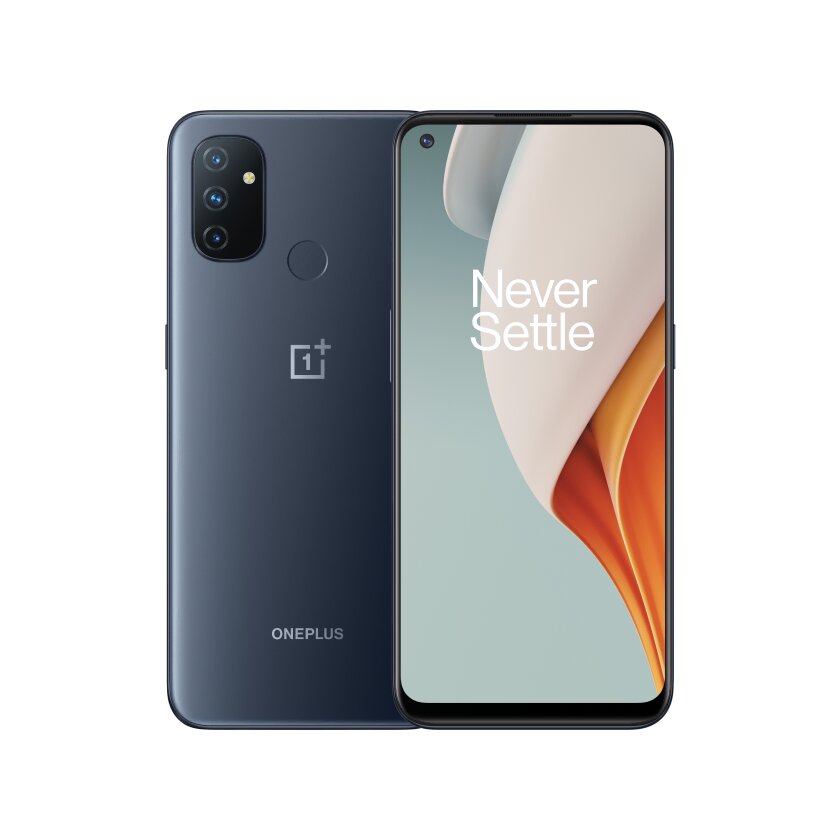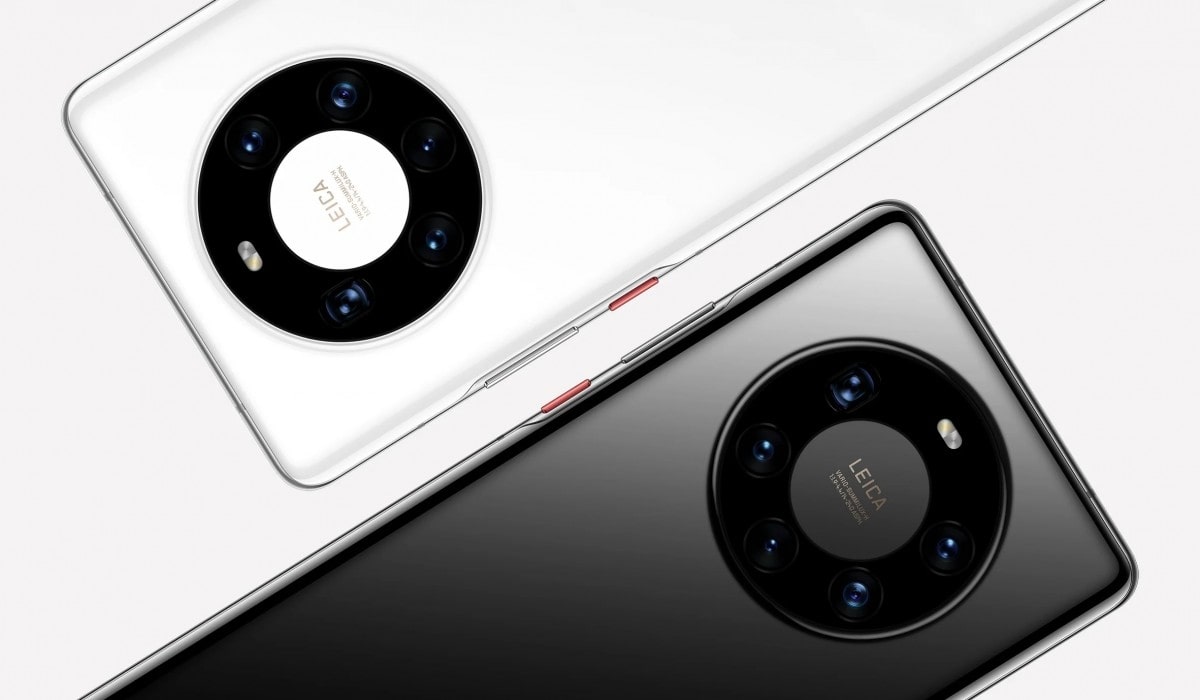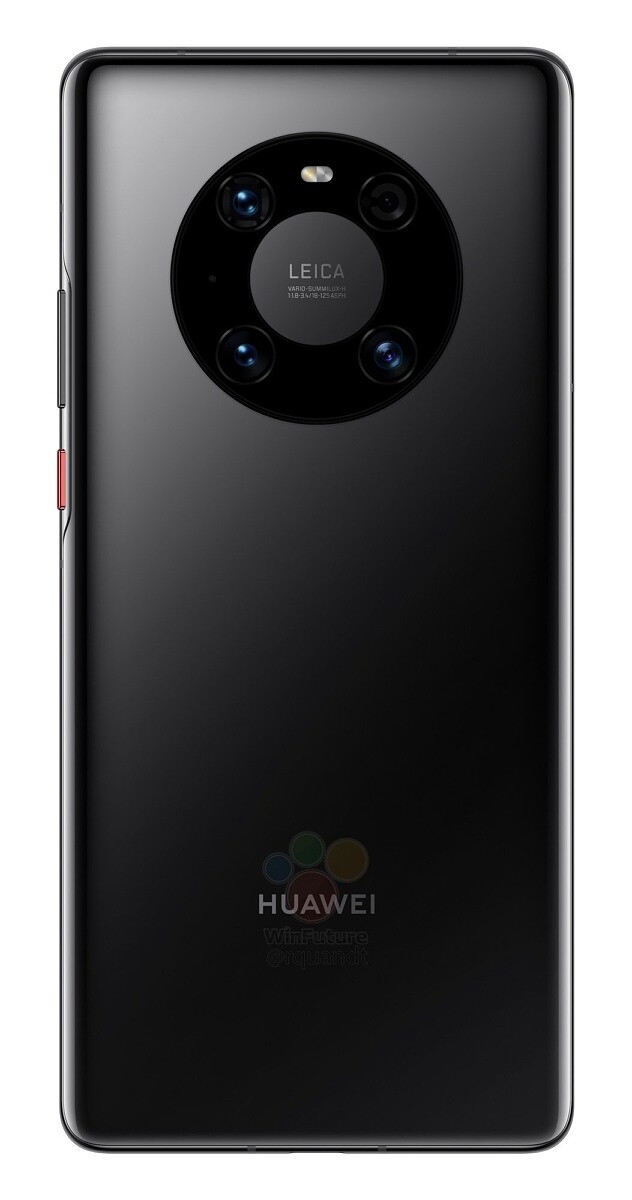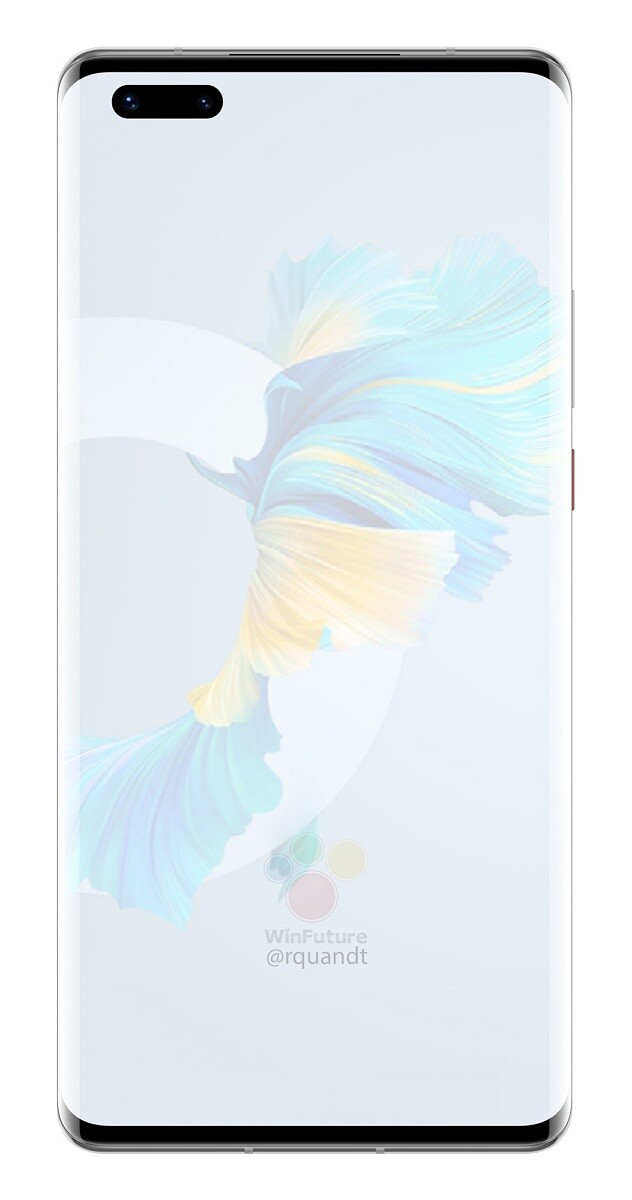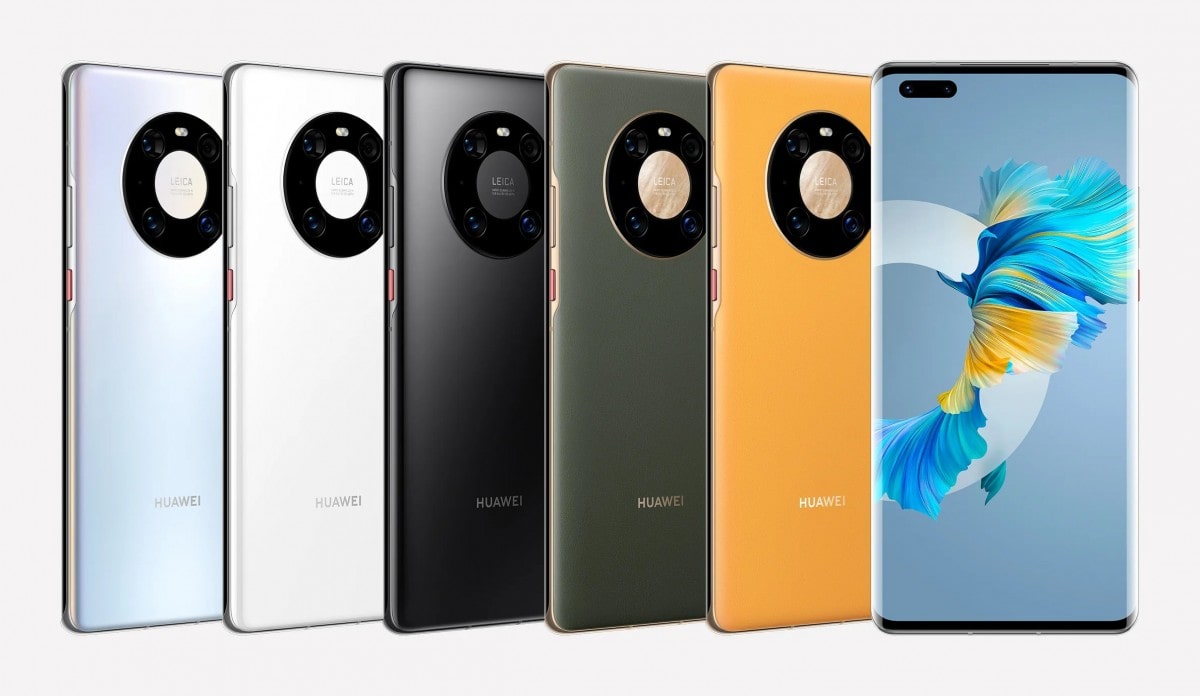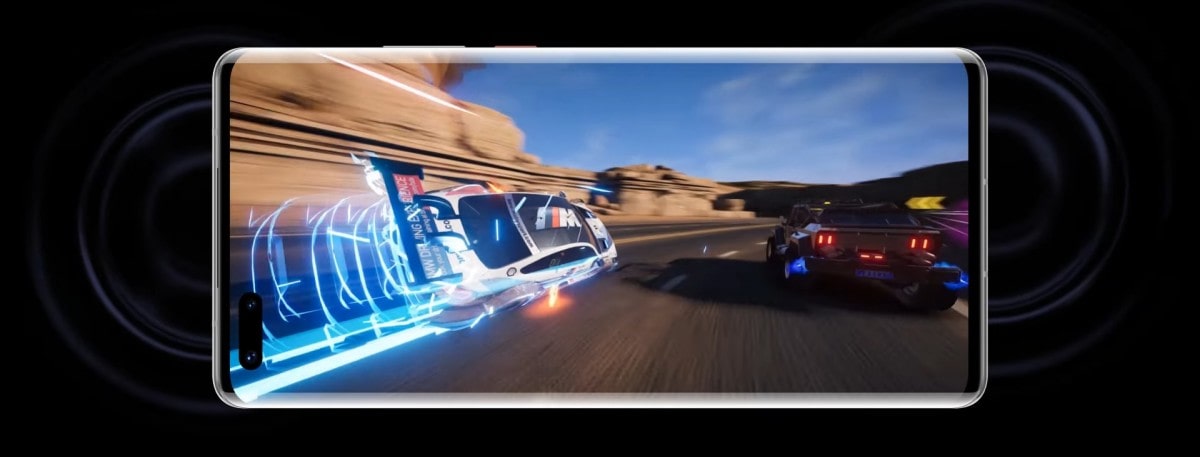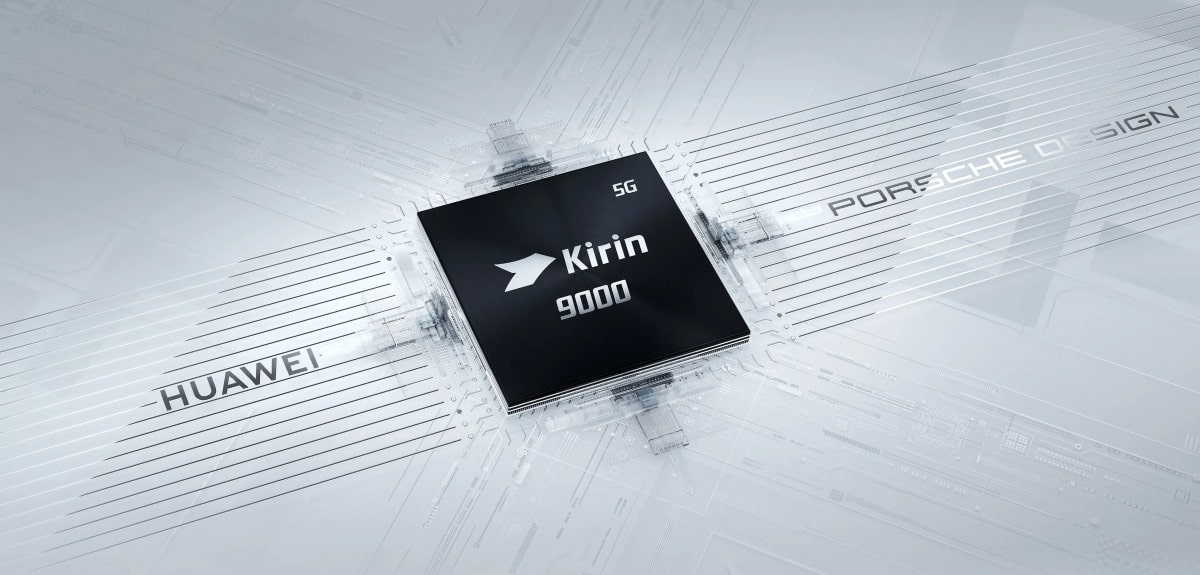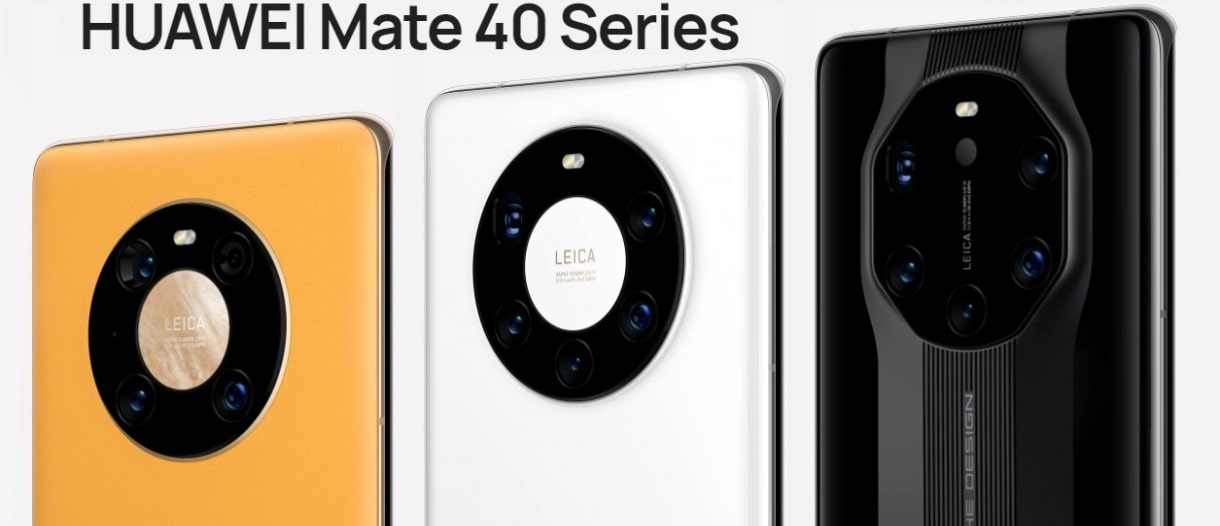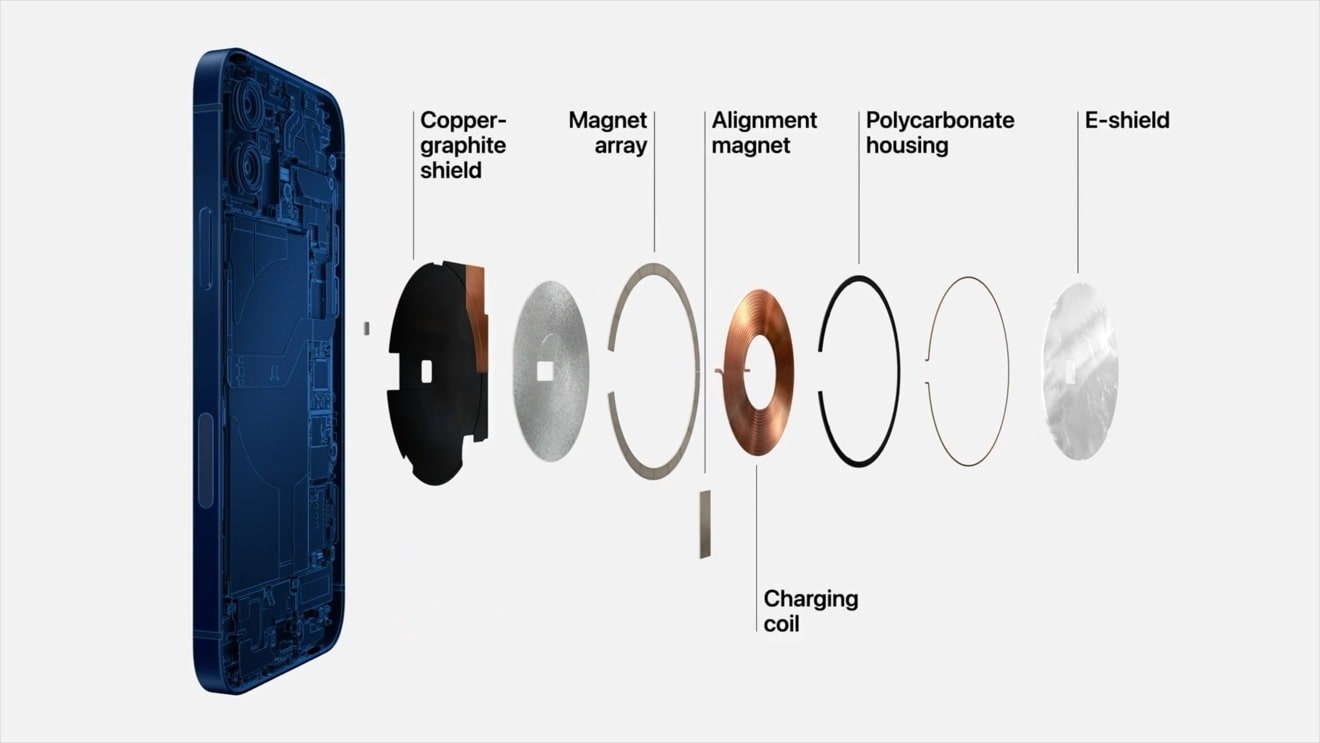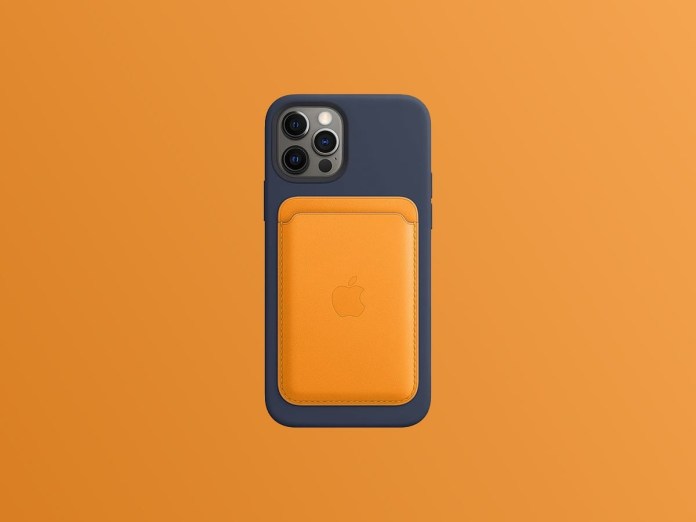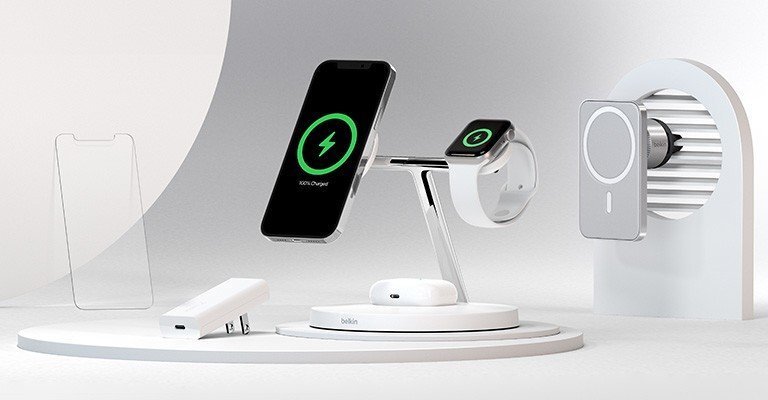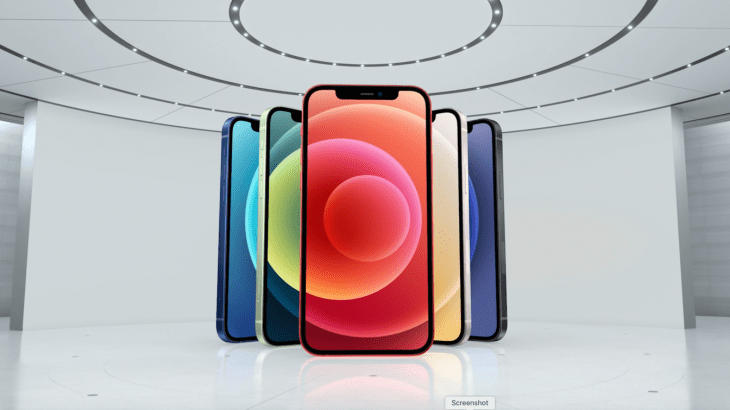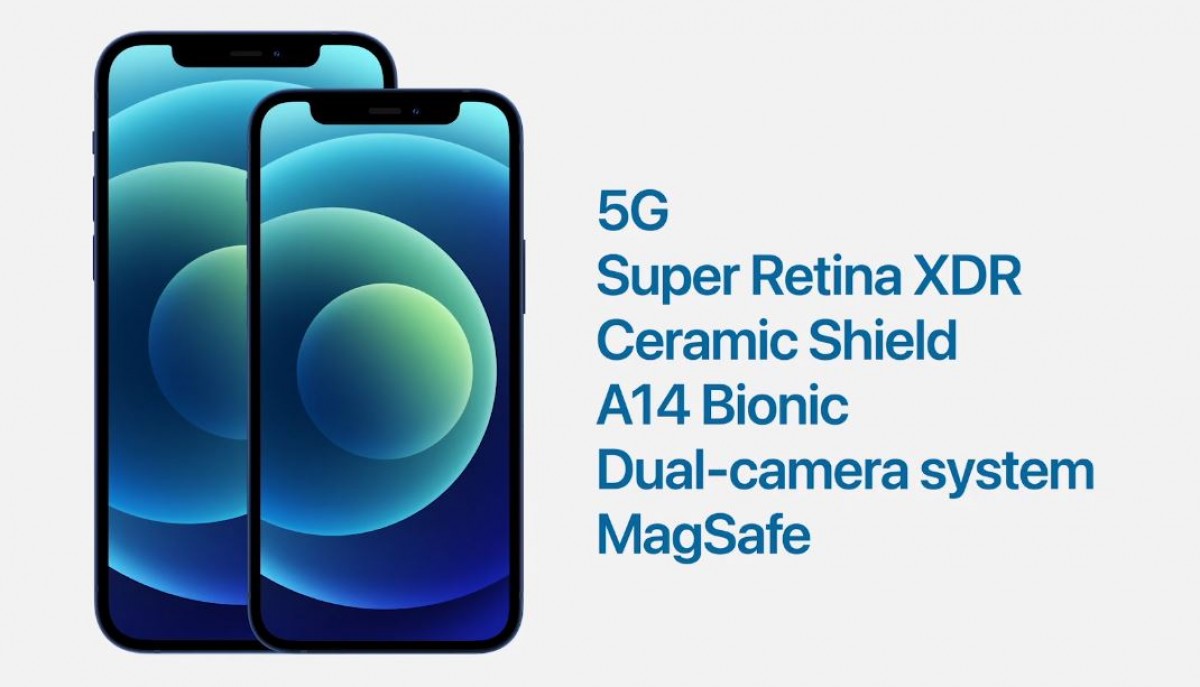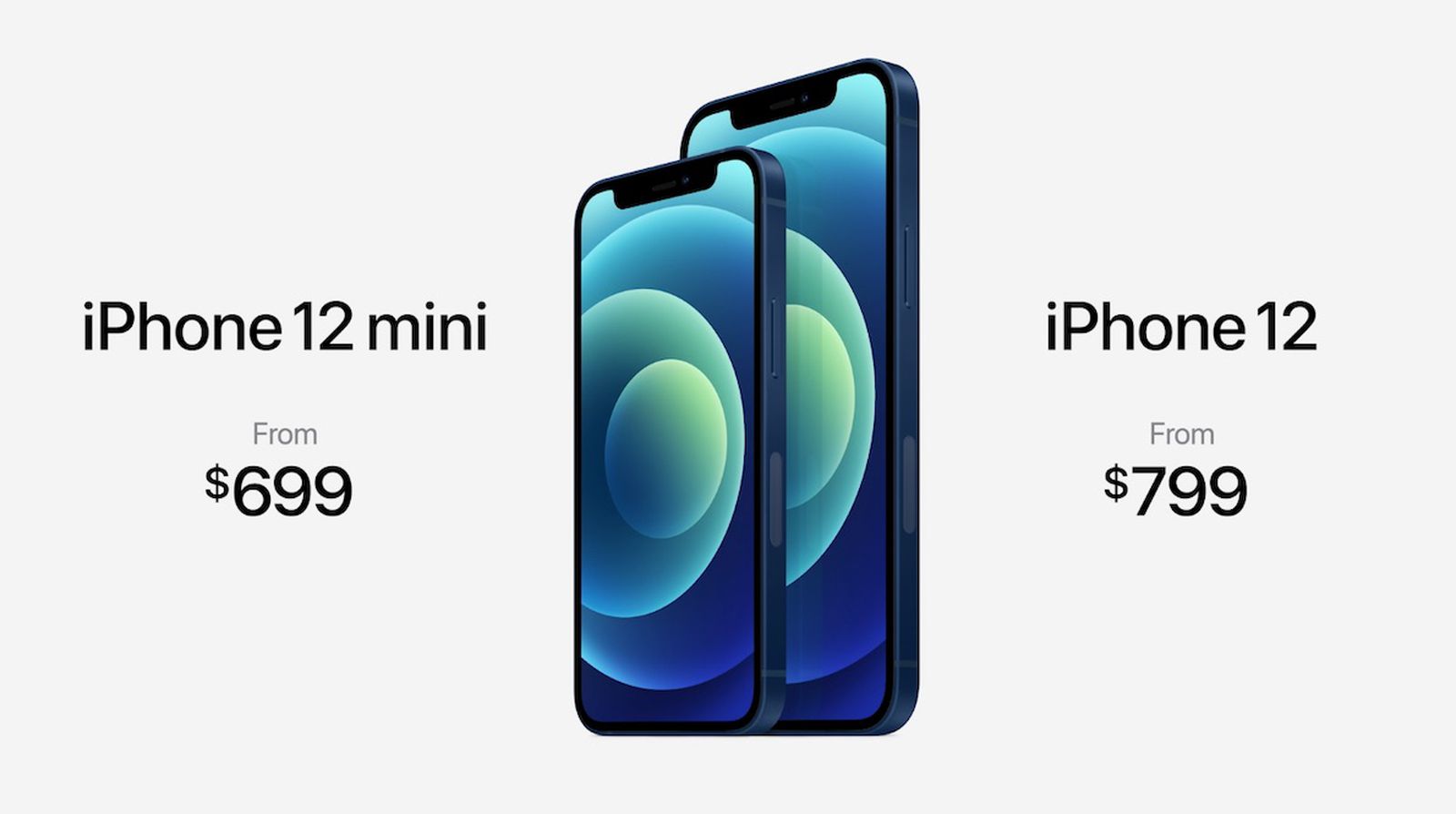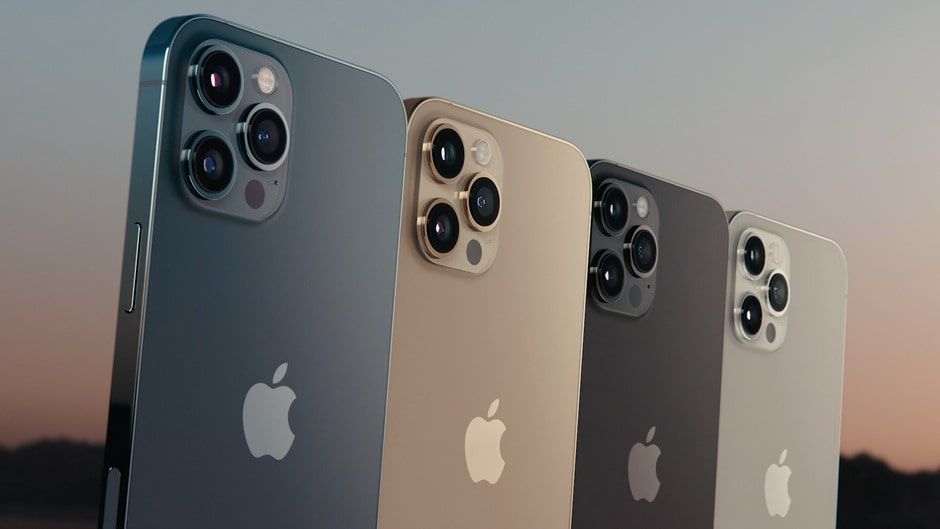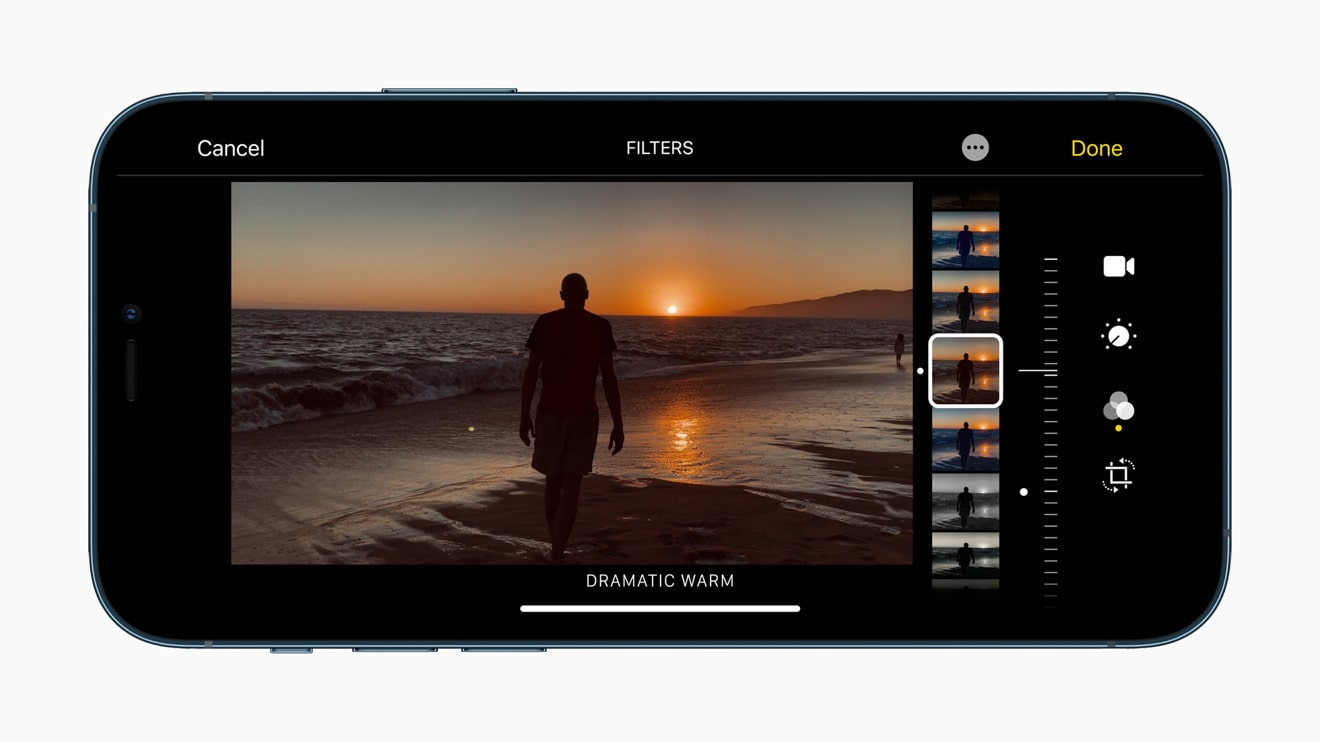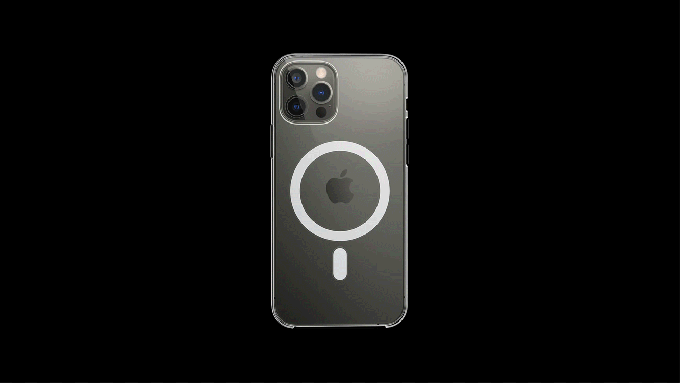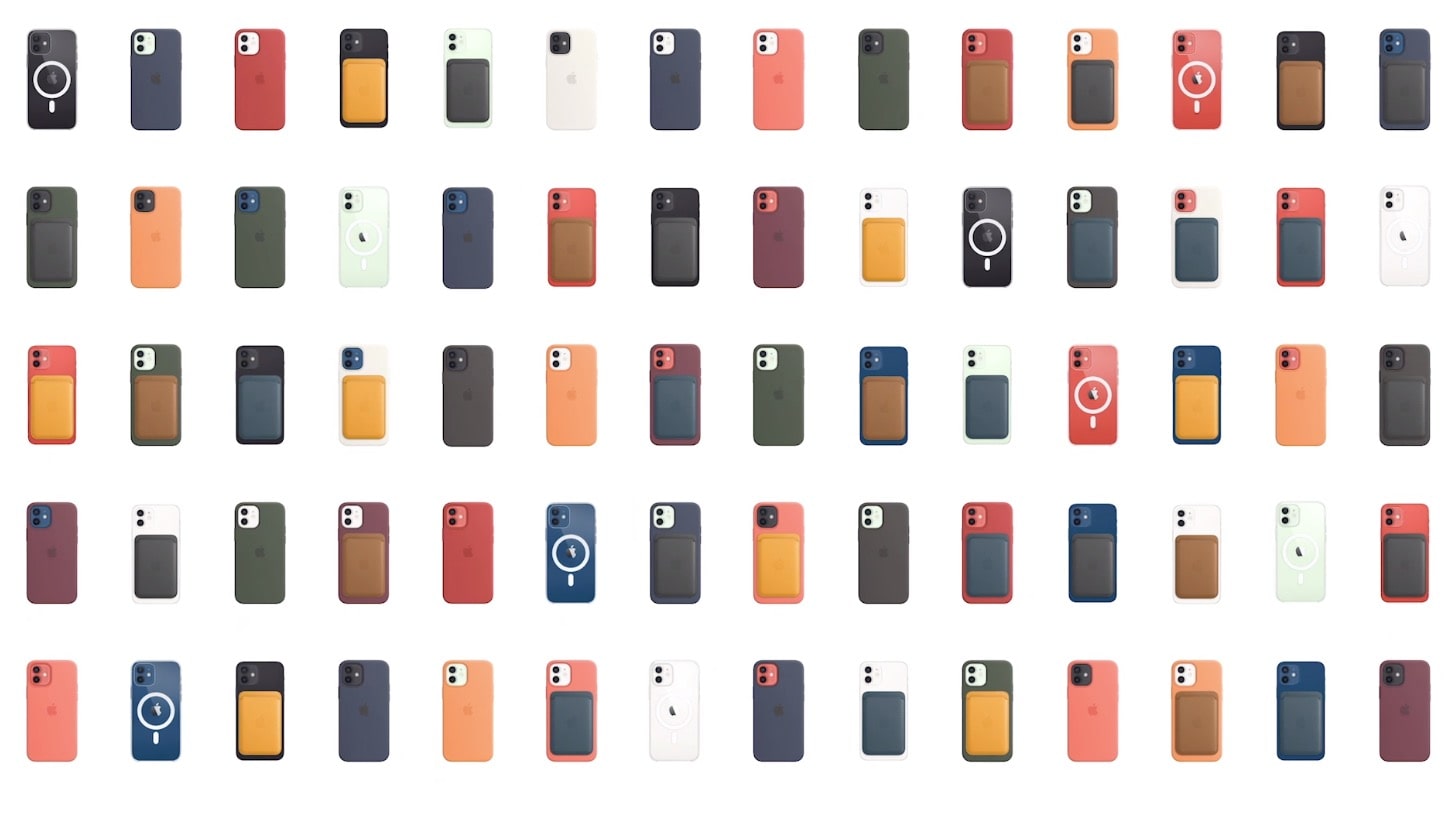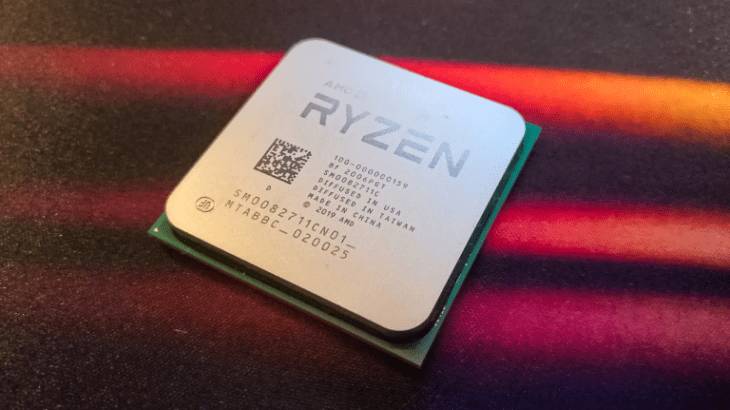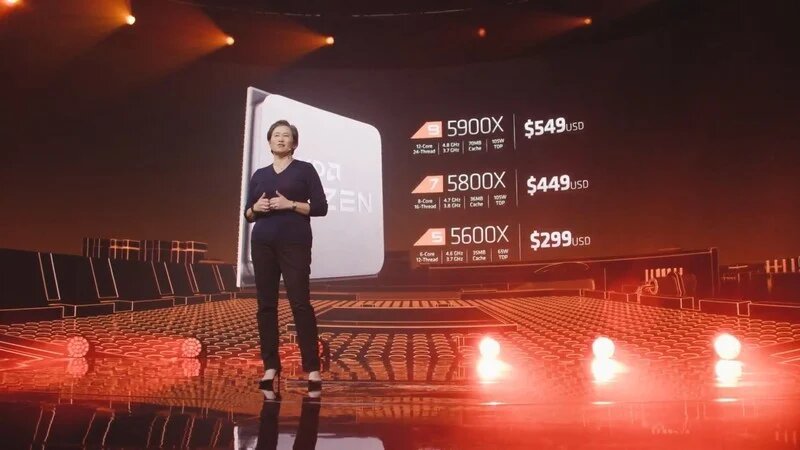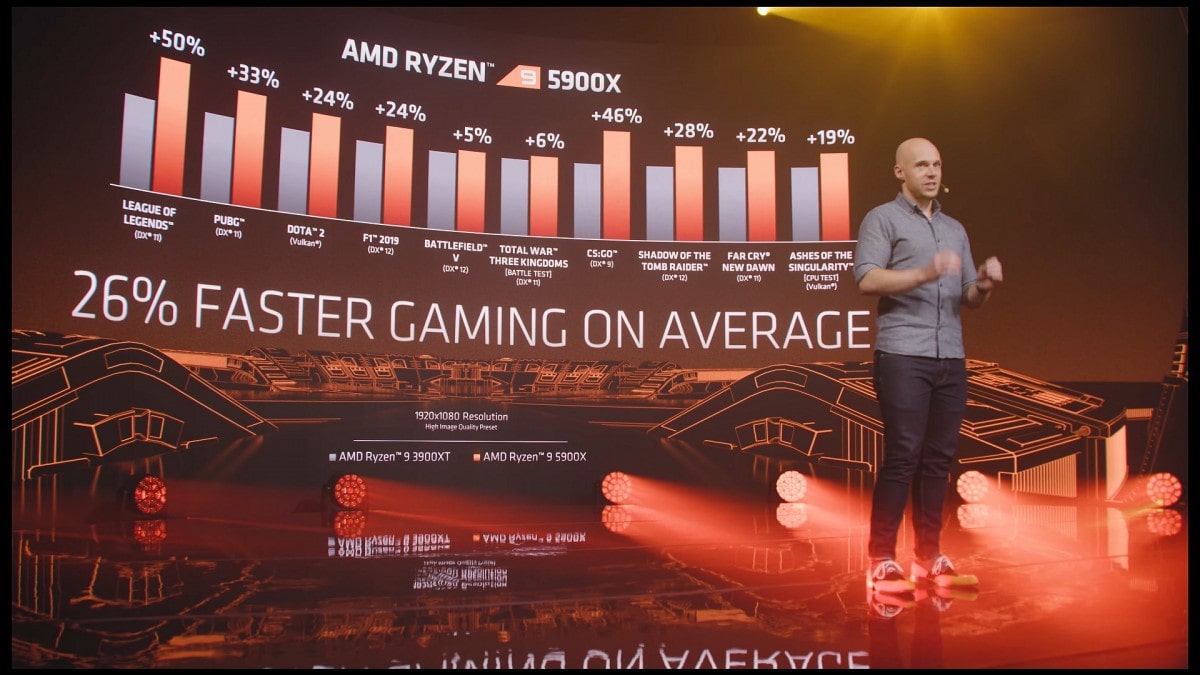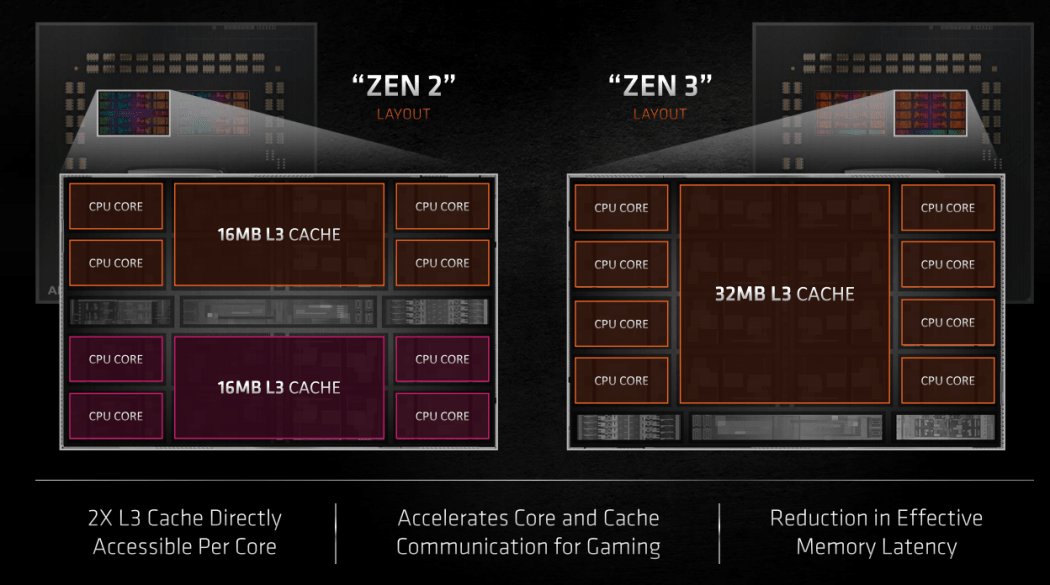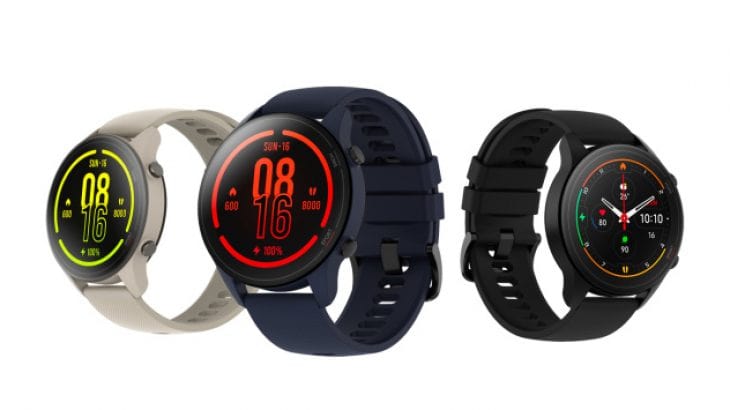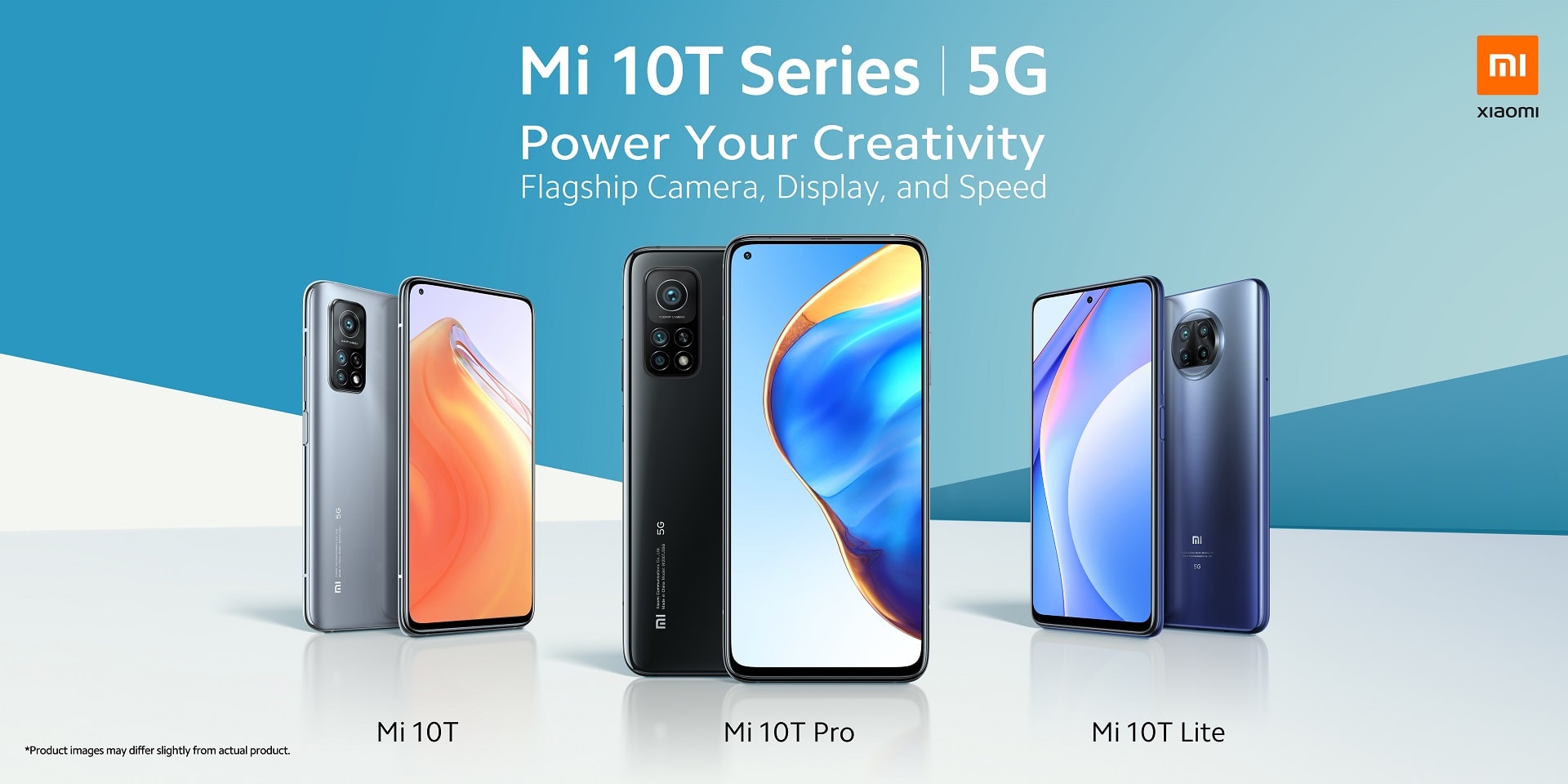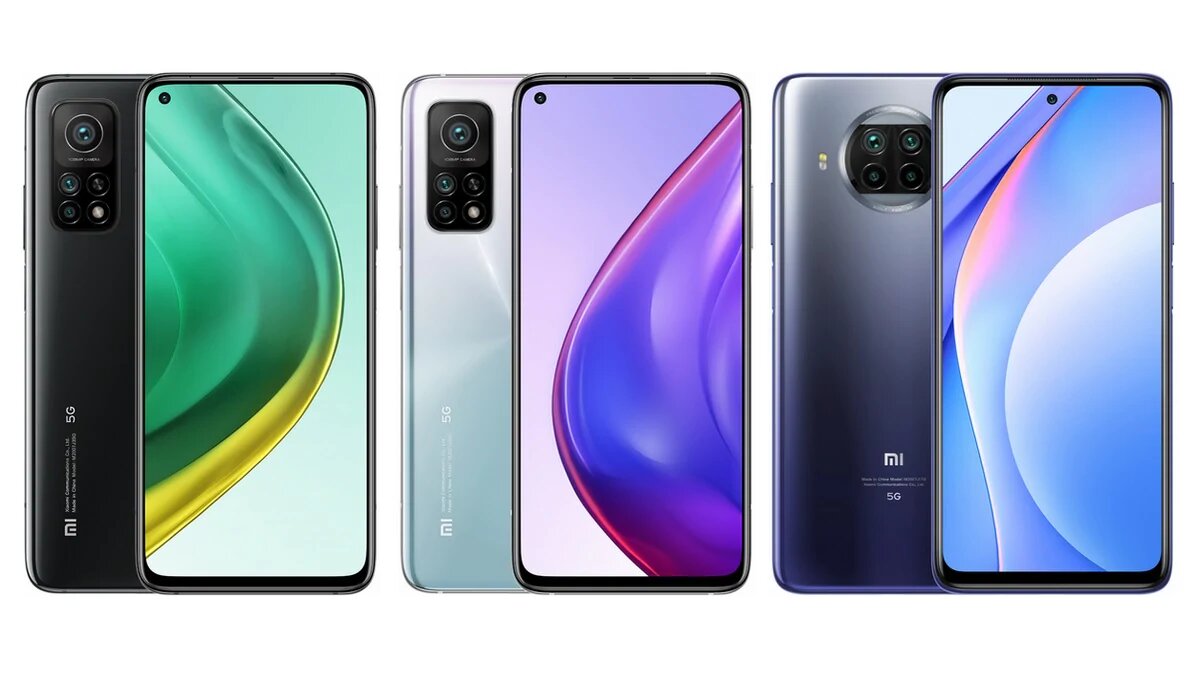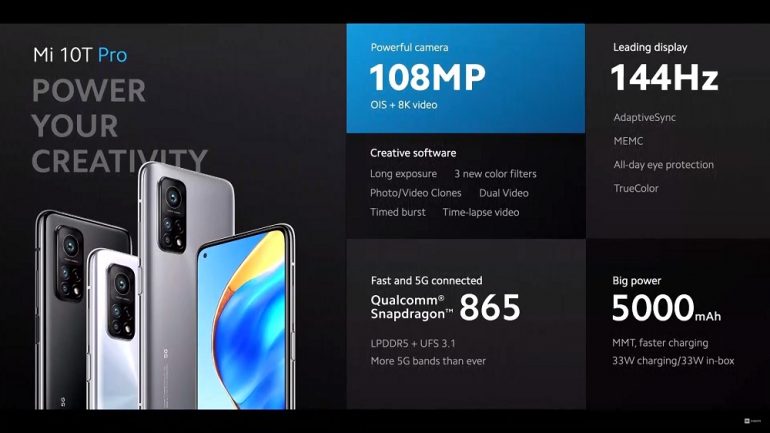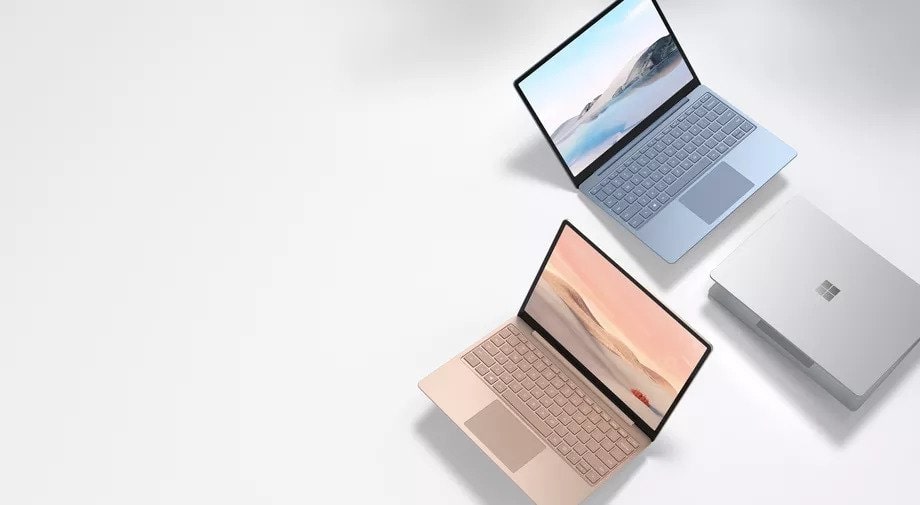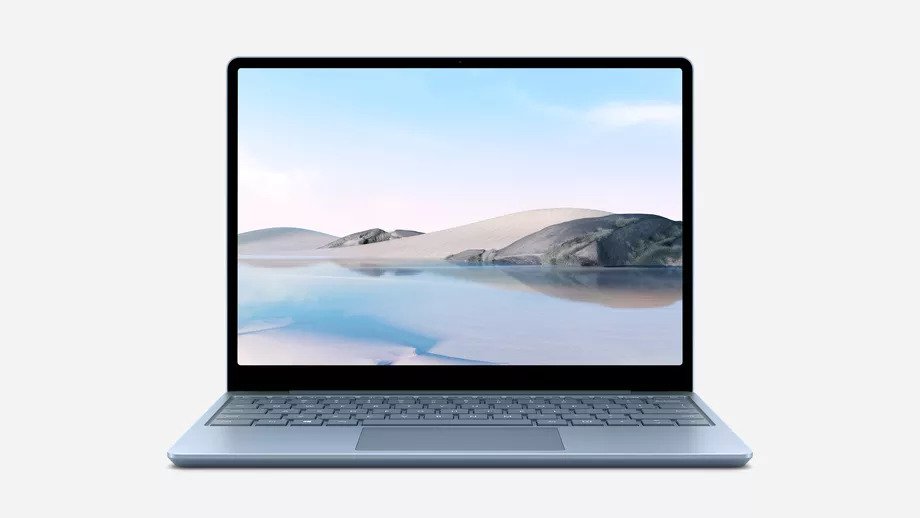Smartphone cameras have advanced a lot lately, while manufacturers are managing to further adapt them in the most innovative ways
Chinese manufacturer Vivo, known for its photo-oriented phones, has launched the new phone in the X50, X50 Pro and X50 Pro+ versions. In the last two versions, the “gimbal” camera system has been applied, which has never been used before on any smartphone.
Placing the camera in a gimbal enables it to take the best shots, although it is experiencing considerable vibration. The Gimbal Camera System is a small gimbal module that moves the camera in opposite directions of vibrational movements, providing clearer images. This system expands the angle of rotation as well as the anti-oscillation zone, compared to other stabilization methods.
Vivo X50 and Vivo X50 Pro Specs
Both Vivo X50 and Vivo X50 Pro have a 6.56-inch AMOLED display with 2376 x 1080p screen resolution, supports 90Hz refresh rate, and have an under-screen fingerprint sensor. The smartphones weigh below 200g, specifically 173 grams the X50 and X50 Pro weighs 181.5 grams making then the lightest 5G smartphones.
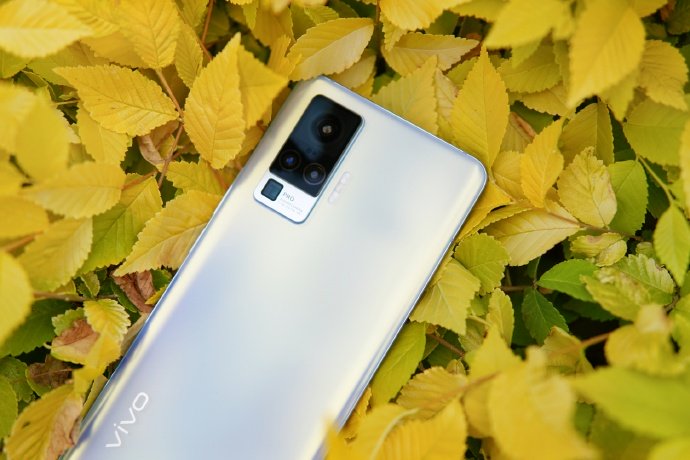
In terms of hardware specs, both smartphones come with a Snapdragon 765G SoC and 8Gb LPDDR4X memory.This vivo 5G device uses a UFS 2.0 flash memory and packs a 4200mAh battery, while X50 Pro has UFS 2.1 flash memory and has a 4315mAh battery capacity. Both models support 33W fast charging. X50 uses a UFS 2.0 flash memory and packs a 4200mAh battery, while X50 Pro has UFS 2.1 flash memory and has a 4315mAh battery capacity. Both models support 33W fast charging.
On the camera department, both have a 32MP front-camera while and at the back, there is a quad-camera setup but the X50 Pro setup comes with a 48MP Sony IMX598 main camera a 13MP portrait, 8MP wide-angle, and a 5MP macro lens. The main camera supports 20x digital zoom.
Vivo X50 Pro+ Specs
The latest in the X50 series is a flagship model named Vivo X50 Pro Plus which is powered by the latest Qualcomm’s SoC, the Snapdragon 865, and comes in a plain leather material design which feels lighter in weight and looks better.
X50 Pro+ uses a 6.56-inch AMOLED display with a resolution of 2376 x 1080p. The display refresh rate here goes up to 120Hz and like the previews models in the series has an under-screen fingerprint sensor. The device supports 44W fast charging and up to 12GB RAM, while the rest of the specs are similar to the Vivo X50 Pro variant.
On the camera sector, this time the Vivo X50 Pro+ comes with a 50-megapixel main sensor with 1/1.3-inch pixel size for better low light shots. The quad-camera setup on the back also includes a 32-megapixel secondary sensor, a 13-megapixel third sensor, and another 13-megapixel fourth sensor.
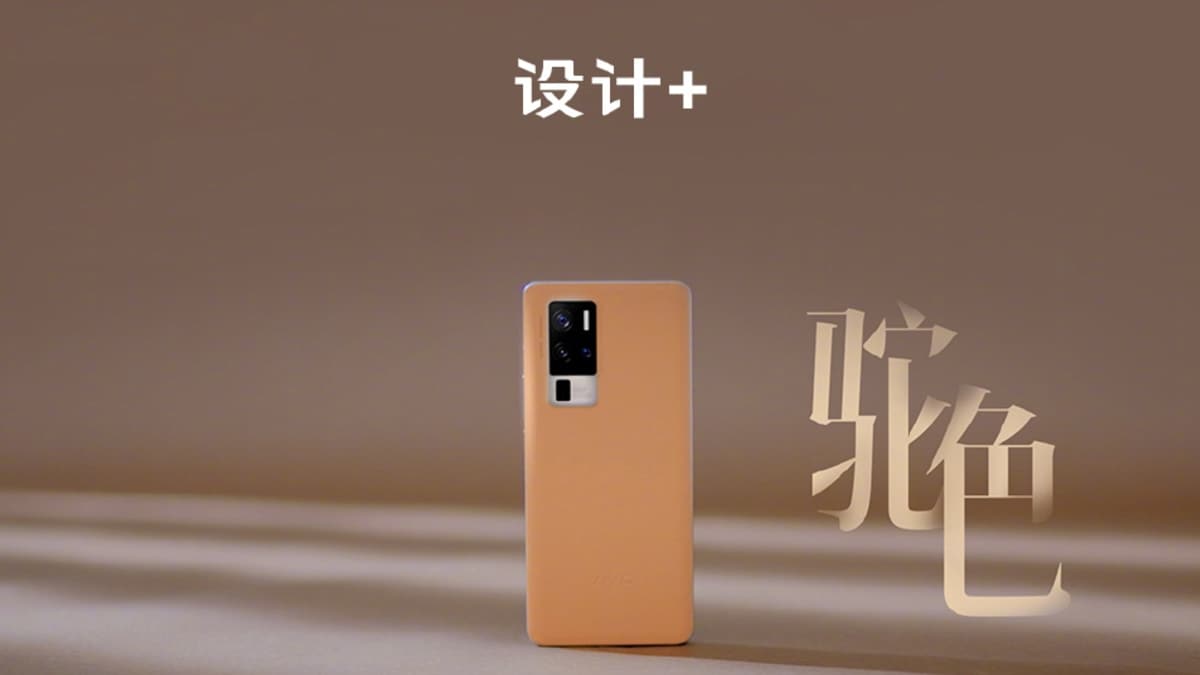
Vivo X50, Vivo X50 Pro and Vivo X50 Pro+ Prices and Availability
As for the prices, the Vivo X50 (8GB + 128GB) variant is priced at 3498 yuan (~$490) and the (8GB+256GB) variant is priced at 898 yuan (~$547). While the X50 Pro (8GB + 128GB) and (8GB+256GB) variants are priced respectively at 4298 yuan (~$603) and 4698 yuan (~$450). X50 has already started sales.
On the other hand, the X50 Pro+ comes in (8GB+128GB), (8GB+256GB), and (12GB + 256GB) variants priced at 4998 yuan (~$701), 5498 yuan (~$771), and 5998 yuan (~$841) respectively. According to Vivo, this flagship will be released in July
 Vivo X50 Series specs
Vivo X50 Series specs
| X50 | X50 Pro | X50 Pro+ | |
|---|---|---|---|
| Dimensions (mm) Weight | 159.54 x 75.39 x 7.49 173g | 158.46 x 72.8 x 8.04mm 181.5g | TBC TBC |
| Display | 6.56", 2376 x 1080p, 90Hz | 6.56", 2376 x 1080p, 90Hz, | 6.56",TBC, 120Hz |
| SoC | Snapdragon 765G | Snapdragon 765G | Snapdragon 865 |
| RAM | 8GB | 8GB | 8GB/12GB |
| Storage | 128GB / 256GB | 128GB / 256GB | 128GB / 256GB |
| Camera | Rear 48MP + 13MP + 8MP + 5MP Front 32MP | Rear 48MP + 13MP + 8MP + 8MP Front 32MP | Rear 50MP + 32MP + 13MP + 13MP Front TBC |
| Battery | 4200mAh | 4315mAh | 4350mAh |
> Check next:https://www.neoadviser.com/guide-on-starting-a-company-in-the-tech-age/
So what do you think about this? Let us know your thoughts in the comments section below, follow us on Twitter and Facebook for more news and updates.
